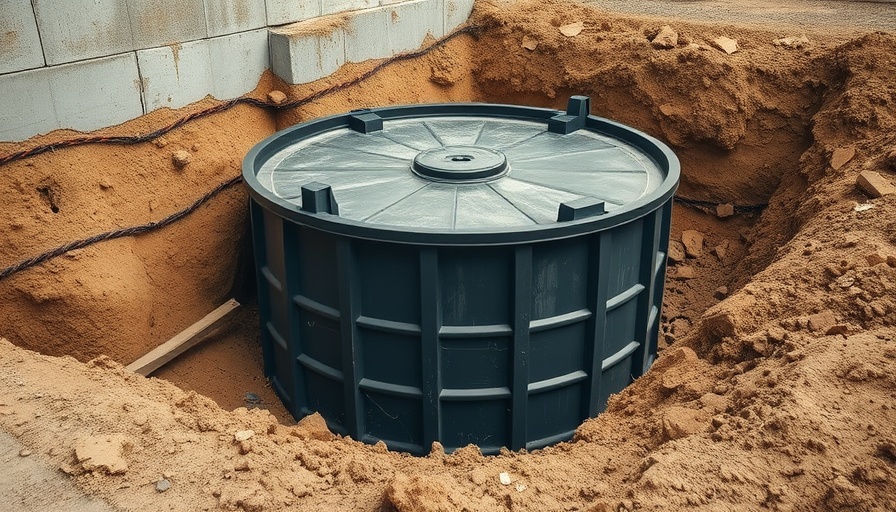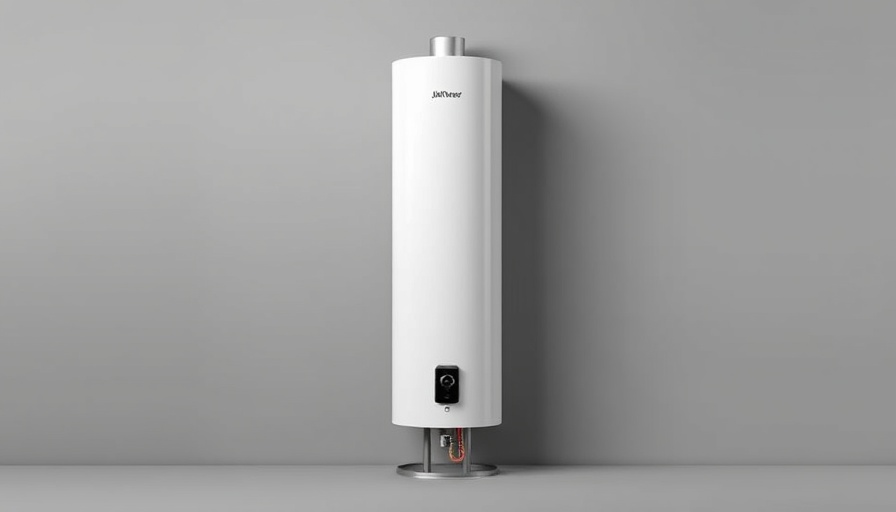
Understanding the Hidden Risks: Why Your Faucet Aerator Matters
Faucet aerators are small devices with a big job—they help to optimize water flow, reduce splashing, and conserve water. However, in older homes, they can become silent contributors to a much bigger issue: lead exposure. Lead enters our water systems from corroded pipes, soldering, or even brass fixtures that contain lead. When these dangerous particles accumulate in your aerator, they can leach into the water you drink daily.
Take a moment to consider: how many times have you cleaned your aerator for the sake of low water pressure? It’s time to add another reason to that list. A case study from Michigan revealed that a family discovered hazardous lead levels traced back to their 20-year-old kitchen faucet. Simply cleaning the aerator led to a 40% reduction in lead concentration, though they ultimately decided to replace the faucet for long-term health and safety.
Proactive Maintenance: Tools to Safeguard Your Water Quality
Cleaning your faucet aerator effectively and safely requires a few simple tools that can be found around the house or at a local store. You will need:
- Faucet aerator removal tool or compatible wrench
- White vinegar or citric acid for dissolving mineral buildup
- Old toothbrush or soft-bristle brush for scrubbing
- Rubber gloves to protect your hands from contaminants
- Bowl or container for soaking the aerator components
- Optional: Lead testing kit to check your water
Using common household items not only helps to ensure thorough cleaning but also minimizes the risk of cross-contamination.
Your Step-by-Step Guide: Cleaning the Faucet Aerator
Cleaning your aerator is straightforward if you follow these steps:
- Remove the Aerator Safely: Use the aerator removal tool to gently unscrew the aerator counterclockwise. Avoid using pliers, as they risk damaging the aerator.
- Disassemble and Inspect: Take the aerator apart and check for dark debris or mineral build-up, indicating lead presence.
- Soak in a Lead-Fighting Solution: Submerge the parts in white vinegar or citric acid for 30-60 minutes to dissolve harmful residues.
- Scrub and Rinse: Wearing gloves, scrub the parts with a toothbrush, focusing on hard-to-reach crevices.
- Test for Lead Residue: After cleaning, use an EPA-recommended lead test kit to check for residual lead. A color change indicates lead contamination.
- Reassemble and Reinstall: Reattach the aerator, tightening it by hand only to avoid breaking the threads.
Successfully completing these steps will extend your faucet's life while significantly reducing lead exposure risks.
Long-Term Safety: Beyond Just Cleaning
To ensure the minimal risk of lead exposure, adopt a proactive approach to your water safety:
- Test Your Water Annually: Purchase a DIY lead testing kit or contact your local water utility for free testing services. The EPA mandates that utilities inform you if lead exceeds safety levels.
- Consider Modern Solutions: Newer fixtures with lead-free certifications or point-of-use water filtration systems can dramatically lessen lead exposure risks.
- Educate Yourself: Familiarize yourself with the EPA’s Lead and Copper Rule to understand your rights and options better.
By taking these steps, you can foster a healthy living environment for both you and your family.
 Add Row
Add Row  Add
Add 


Write A Comment